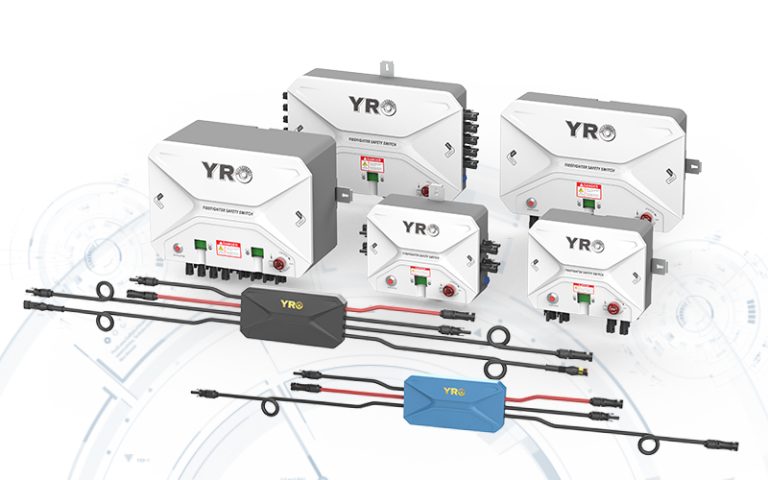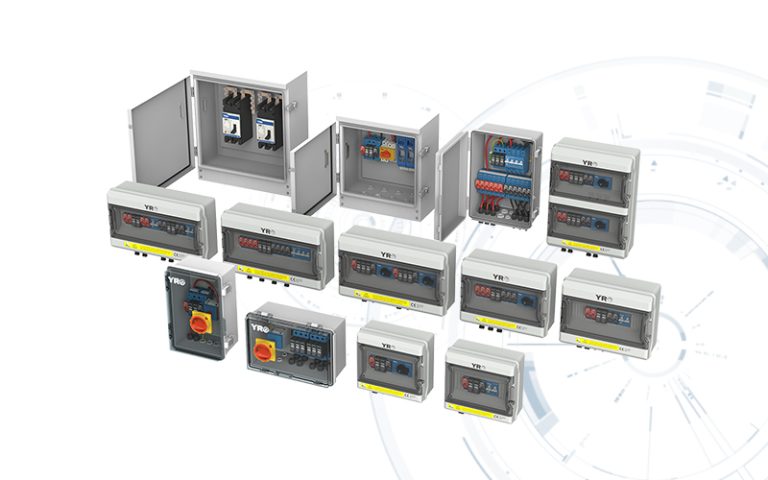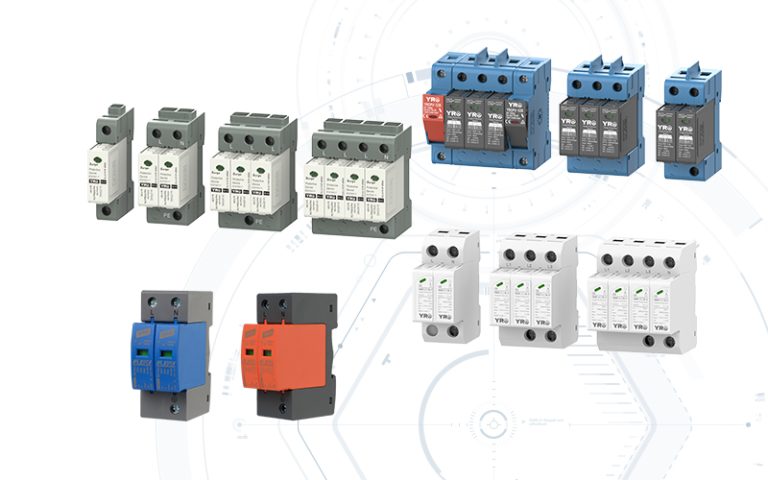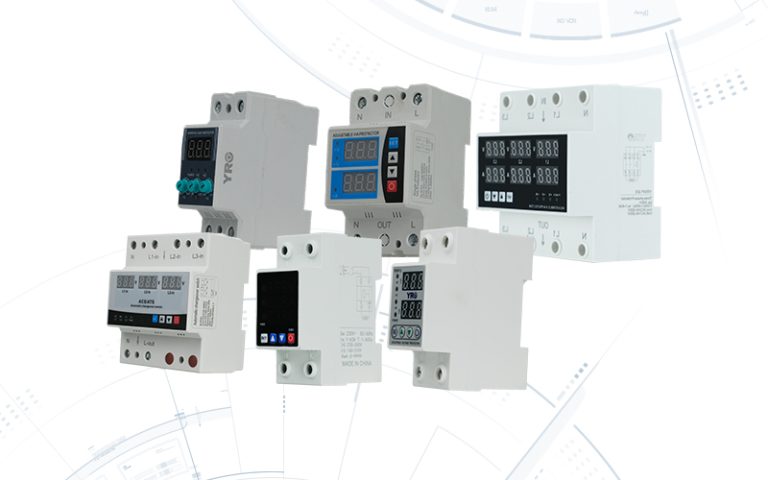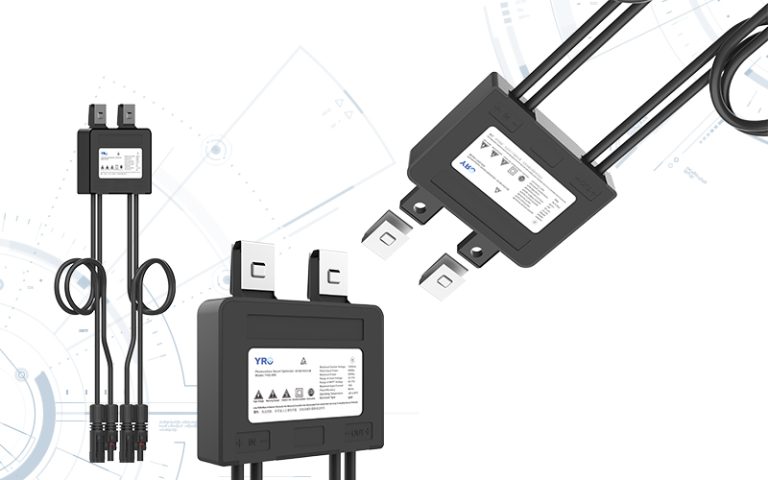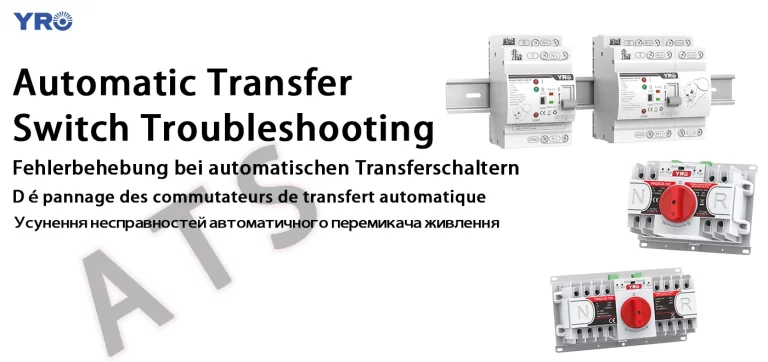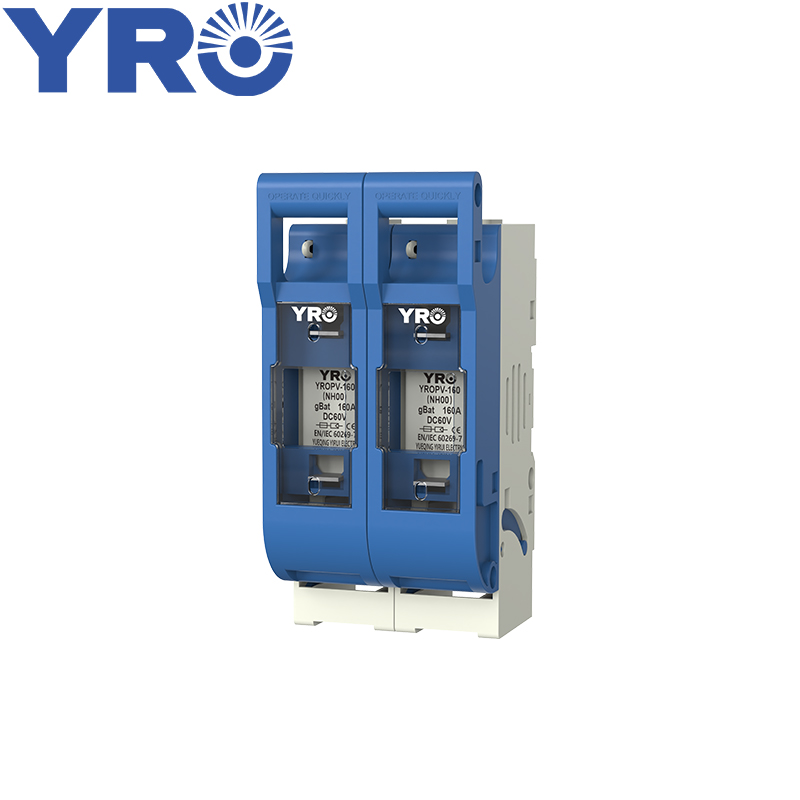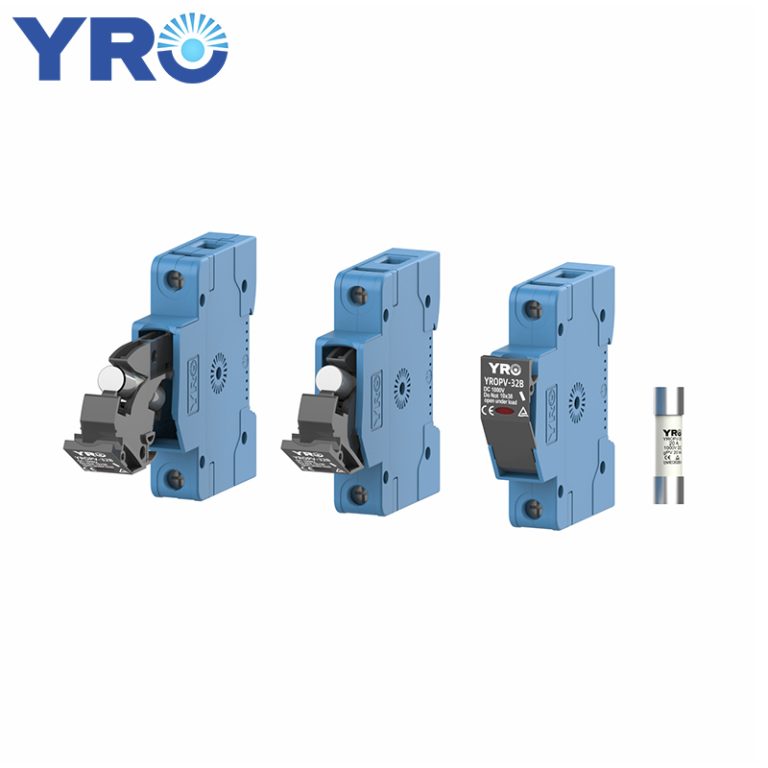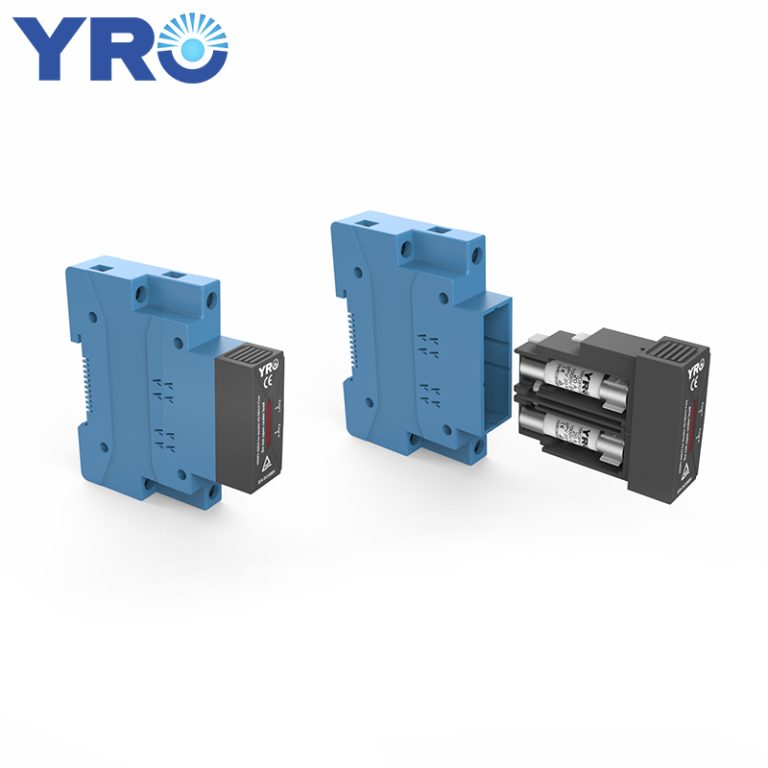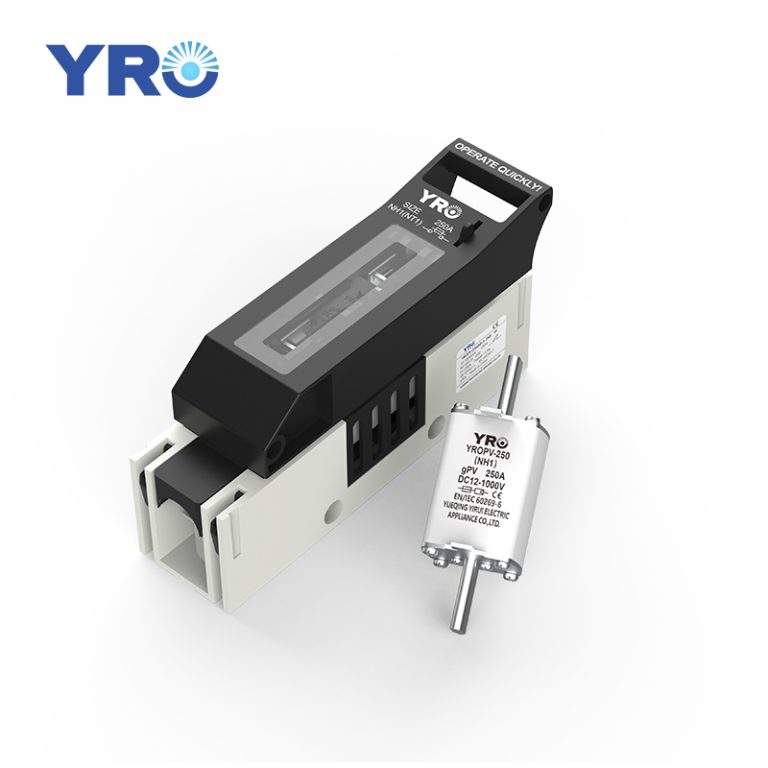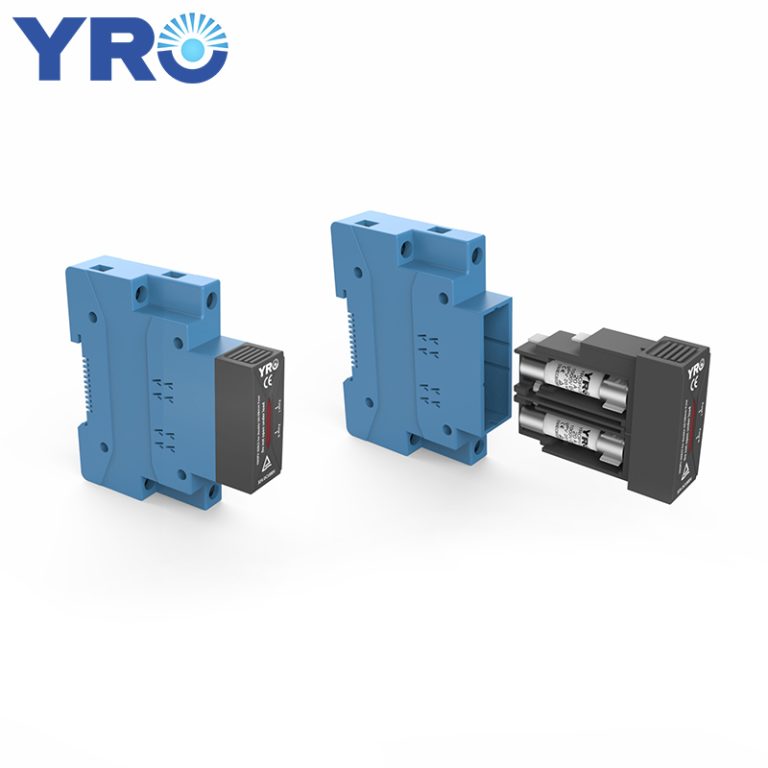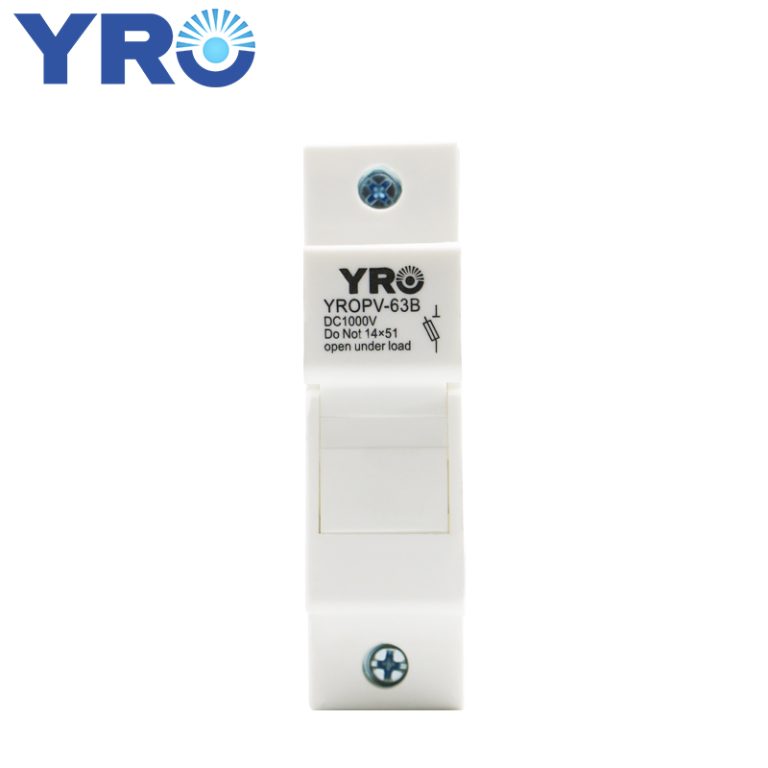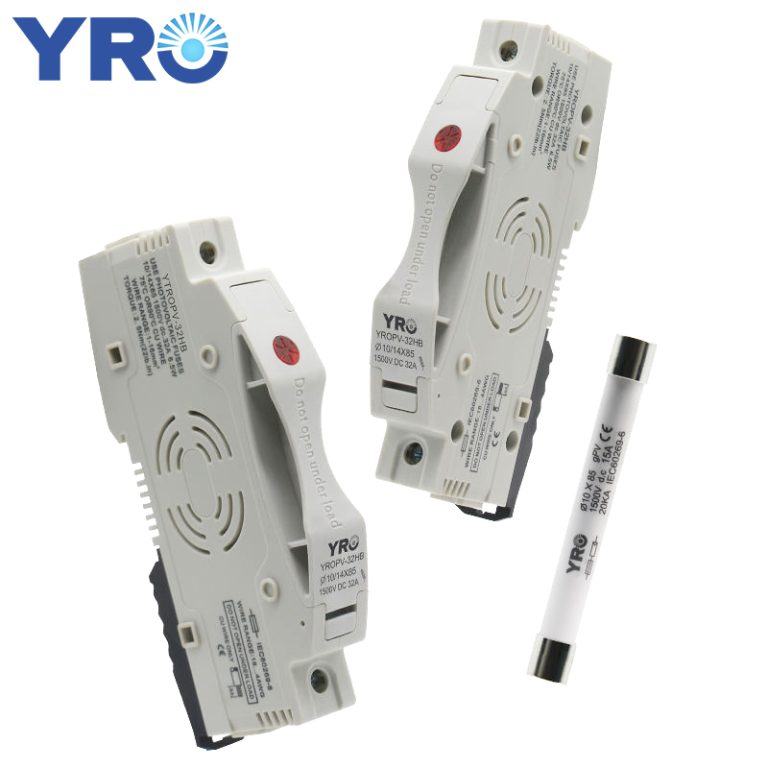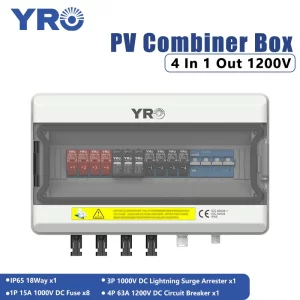Specification:
| Type | YROPV-160 | YROPV-250 | YROPV-400 | YROPV-630 | |
| With | Rated operational Voltage Ue | AC400/690/DC12-1000V | |||
| Rated operational currentle | 160A | 250A | 400A | 630A | |
| Rated Insulation Voltage Ui | AC690/DC12~1000V | ||||
| Agreed heating current lth | 160A | 250A | 400A | 630A | |
| Rated impulse withstand | 12kV | ||||
| Rated limiting short-circuit | AC 100kA DC 50kA | ||||
| Use Category | AC-23B(AC400)/AC-21B(AC690) | ||||
| With | Electrical operating life | 200 times | |||
| Rated operational Voltage Ue | AC380/400/DC12-1000V | ||||
| Rated operational current le | 160A | 250A | 400A | 630A | |
| Rated Insulation Voltage Ui | 690V/1000V | ||||
| Agreed heating current lth | 160A | 250A | 400A | 630A | |
| Rated impulse withstand | 8KV | 12KV | |||
| Rated limiting short-circuit | 8kA/1s | 10kA/1s | 15kA/1s | ||
| Use Category | AC-21B | AC-23B | |||
| Electrical operating life | 200 times | ||||
| Common | Rated frequency | 50/60HZ | |||
| Number of poles | 3Pole | ||||
| FUSE | Fuse size | YROPV-160(NH00) | YROPV-250(NH1) | YROPV-400(NH2) | YROPV-630(NH3) |
| Rated operational current le | 160A | 250A | 400A | 630A | |
| Power waste P | 12W | 18W/32W | 28W/40W | 40W/50W | |
| Mechanism | Mechanicallife | 1000 times | 800 times | ||
| Degree of protection(positive) | On:IP20/Off:IP30 | ||||
“knife switch fuse” is an electrical switch that includes a fuse as part of its design. It is used for controlling and protecting electrical circuits.
Composition: A knife switch consists of a flat metal blade, hinged at one end, which can be inserted into a receptacle to establish a connection. When the blade is lifted out of the receptacle, the circuit is broken and the flow of electricity is stopped. The inclusion of a fuse in this switch design adds a layer of protection.
Fuse Component: The fuse is an electrical safety device that operates to provide overcurrent protection of an electrical circuit. It typically consists of a metal wire or strip that melts when too much current flows through it, thereby interrupting the flow of electricity and preventing damage or fire.
Circuit Control: Knife switch fuses are used to control the flow of electricity in a circuit. By manually opening or closing the switch, an operator can start or stop the flow of electrical current.
Safety and Protection: The fuse element in the switch provides crucial protection against overcurrents. If the current exceeds a safe level, the fuse will blow, thus protecting the circuit from damage.
Maintenance and Repairs: They are often used in situations where it’s necessary to physically disconnect the electricity for safety during maintenance or repair work.
Applications: Knife switch fuses were more commonly used in the past, especially in simpler or low-voltage applications such as in residential electrical panels or in old industrial equipment. However, in modern settings, they have largely been replaced by more advanced and safer circuit breakers and switchgear.
Safety Considerations: While knife switches are simple and effective, they do have safety risks. The exposed conductive parts can be dangerous if touched, leading to a risk of electric shock. Therefore, their use in modern electrical systems is limited, and they are often enclosed in safety boxes or replaced with safer alternatives in commercial and residential installations.
In summary, a knife switch fuse is a basic form of electrical switch that includes a fuse for overcurrent protection. Its primary roles are controlling the flow of electricity and providing safety, but due to its potential safety risks, it’s less common in modern electrical systems.

